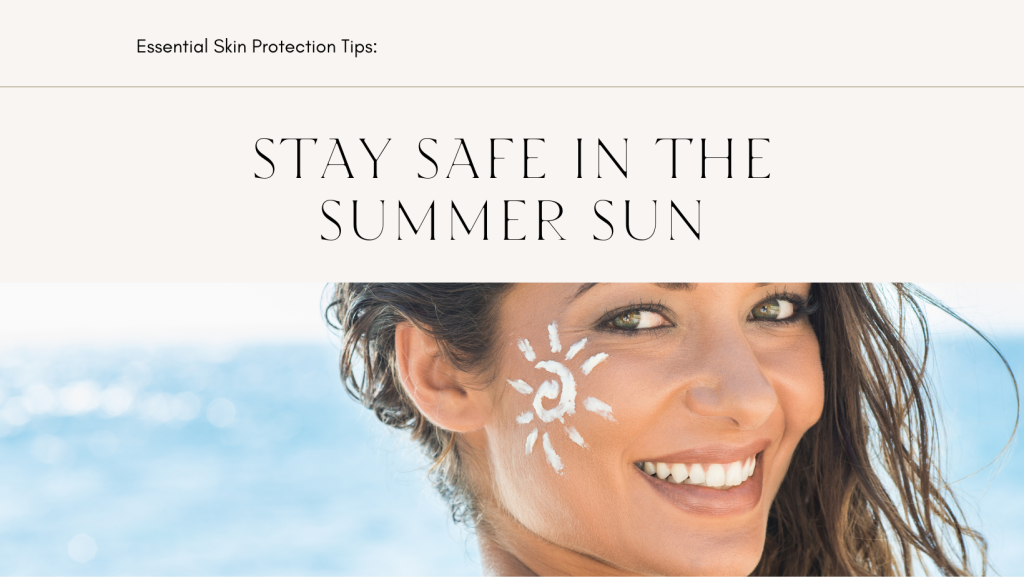Summer brings with it the promise of sunshine and outdoor activities, but it also presents challenges for skin health. From sunburn to insect bites, here’s how to safeguard your skin and enjoy the season without compromising your dermatological well-being.
Sun exposure is one of the primary concerns during summer, as UV radiation from the sun can cause skin damage and increase the risk of skin cancer. Sunburn is a common consequence of excessive UV exposure, characterized by red, painful skin that may blister in severe cases. To protect your skin, apply broad-spectrum sunscreen with SPF 30 or higher at least 15 minutes before going outdoors. Reapply sunscreen every two hours, or more frequently if swimming or sweating. Seek shade during peak sun hours (typically 10 a.m. to 4 p.m.) and wear protective clothing such as wide-brimmed hats, sunglasses, and lightweight, long-sleeved shirts and pants.
In addition to UV exposure, summer increases the risk of insect bites and stings, which can cause itching, swelling, and discomfort. To prevent bites, use insect repellent containing DEET or picaridin when spending time outdoors, especially in wooded or grassy areas. Wear light-colored clothing that covers your arms and legs, and avoid wearing strong perfumes or scented lotions that may attract insects.
For those with sensitive skin or existing skin conditions like eczema, summer can exacerbate symptoms due to heat, humidity, and sweat. To manage these conditions, keep skin cool and dry by taking cool showers and wearing lightweight, breathable fabrics. Apply moisturizer regularly to hydrate the skin and alleviate irritation, and consider using gentle, fragrance-free products to minimize the risk of flare-ups.
By taking proactive steps to protect your skin from summer hazards, you can enjoy the season comfortably and safely. Whether you’re hiking in the mountains, lounging on the beach, or gardening in your backyard, prioritizing skin safety ensures that your summer adventures are memorable for all the right reasons.




